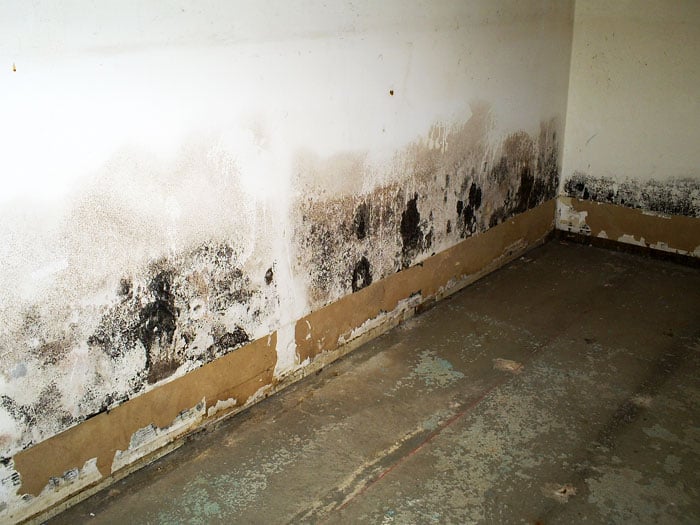Do's & Don'ts of Water Restoration.
Do's & Don'ts of Water Restoration.
Blog Article
The publisher is making several great pointers about Safety Tips To Prevent Fire And Water Damage in general in this post in the next paragraphs.

Water provides life, however water invasion on some components where it's not expected to be can result in damages as well as inconvenience. In enhancement, residences with water damages scent stuffy and also old.
Water can originate from lots of resources like typhoons, floods, ruptured pipelines, leaks, and sewage system problems. It's much better to have a working expertise of security precautions if you have water damages. Here are a couple of guidelines on just how to handle water damages.
Do Prioritize House Insurance Coverage Coverage
Seasonal water damages can originate from floods, seasonal rainfalls, and wind. There is likewise an event of a sudden flooding, whether it originated from a defective pipeline that all of a sudden ruptures right into your home. To safeguard your house, obtain residence insurance that covers both acts of God such as natural catastrophes, as well as emergency situations like broken plumbing.
Don't Forget to Shut Off Utilities
When catastrophe strikes as well as you're in a flood-prone area, turn off the main electric circuit. Switching off the power protects against
electrical shocks when water comes in as water serves as a conductor. Don't forget to switch off the primary water line valve as a means to avoid even more damage.
Keep your furnishings secure as they can move about and also cause extra damage if the floodwaters are getting high.
Do Remain Proactive as well as Heed Weather Alerts
If you live in a location tormented by floods, remain proactive and also ready at all times. Pay attention to the news and evacuation cautions if you live near a body of water like a creek, lake, or river .
Do Not Disregard the Roof
Your roofing contractor must take treatment of the defective rain gutters or any various other indications of damages or weakening. An examination will avoid water from flowing down your walls and soaking your ceiling.
Do Focus On Small Leakages
There are red flags that can draw your focus and also indicate to you some weakened pipes in your residence. Indicators of red flags in your pipelines consist of bubbling paint, peeling off wallpaper, water streaks, water discolorations, or dripping audios behind the wall surfaces. Repair and check your plumbing fixed prior to it results in substantial damages to your home, financial resources, and also a personal problem.
Don't Panic in Case of a Ruptured Pipeline
Timing is key when it comes to water damage. If a pipeline ruptureds in your residence, immediately closed off your primary water valve to reduce off the resource and also protect against even more damage. Call a trusted water damage restoration professional for help.
Water gives life, but water breach on some parts where it's not supposed to be can result in damages and inconvenience. In enhancement, homes with water damages smell stuffy as well as old.
Seasonal water damages can come from floodings, seasonal rainfalls, and also wind. Indicators of red flags in your pipes consist of bubbling paint, peeling off wallpaper, water touches, water stains, or dripping noises behind the wall surfaces. If a pipe bursts in your residence, instantly shut off your primary water shutoff to reduce off the source and avoid even more damages.
Some Do's & Don't When Dealing with a Water Damage
DO:
Make sure the water source has been eliminated. Contact a plumber if needed. Turn off circuit breakers supplying electricity to wet areas and unplug any electronics that are on wet carpet or surfaces Remove small furniture items Remove as much excess water as possible by mopping or blotting; Use WHITE towels to blot wet carpeting Wipe water from wooden furniture after removing anything on it Remove and prop up wet upholstery cushions for even drying (check for any bleeding) Pin up curtains or furniture skirts if needed Place aluminum foil, saucers or wood blocks between furniture legs and wet carpet Turn on air conditioning for maximum drying in winter and open windows in the summer Open any drawers and cabinets affected for complete drying but do not force them open Remove any valuable art objects or paintings to a safe, dry place Open any suitcases or luggage that may have been affected to dry, preferably in sunlight Hang any fur or leather goods to dry at room temperature Punch small holes in sagging ceilings to relieve trapped water (don't forget to place pans beneath!); however, if the ceiling is sagging extremely low, stay out of the room and we'll take care of it DO NOT:
Leave wet fabrics in place; dry them as soon as possible Leave books, magazines or any other colored items on wet carpets or floor Use your household vacuum to remove water Use TV's or other electronics/appliances while standing on wet carpets or floors; especially not on wet concrete floors Turn on ceiling fixtures if the ceiling is wet Turn your heat up, unless instructed otherwise

As a devoted reader on Simple Solutions To Preventing Fire And Water Damage To Your Home, I assumed sharing that article post was a smart idea. Appreciated our review? Please share it. Help other people locate it. Thanks so much for your time invested reading it.
Report this page